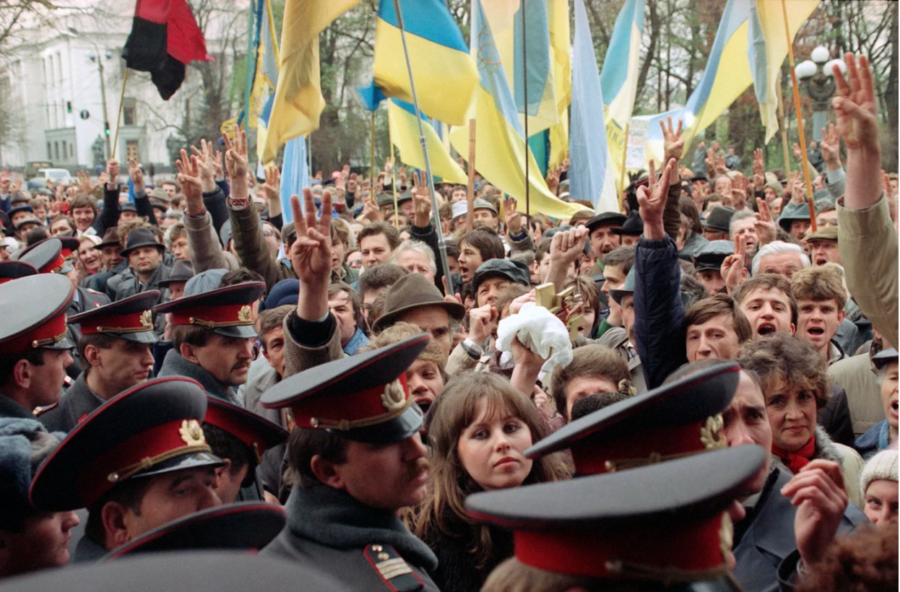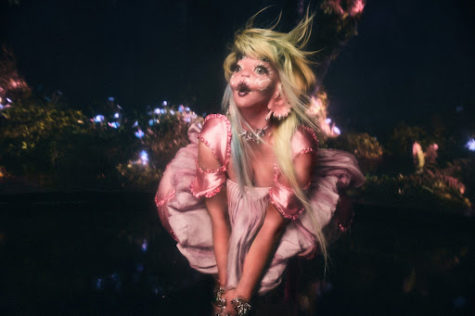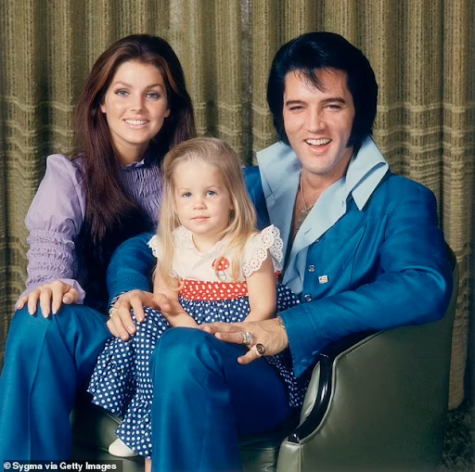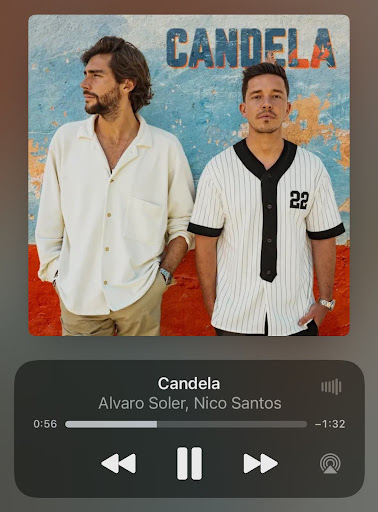A History of the Tensions between Ukraine and Russia
May 15, 2022
Russia and Ukraine were both former states of the Soviet Union. Once allies, now enemies. How did the relationship between these two former Soviet republics change? After the fall of communism and the end of the USSR in 1991, the inauguration of Putin and his influence over Eastern Europe in the 20th century has led to some pivotal moments in the gradual heightening of tensions between Ukraine and Russia.
In 1989 and 1990, anti-Communist protests swept central and Eastern Europe, starting in Poland and spreading throughout the Soviet bloc. In Ukraine, January 1990 saw more than 400,000 people joining together to raise the Ukrainian flag which was banned under the previous Soviet rule (NPR).
On August 24, 1991, Ukraine officially declared independence from the Soviet Union and on December 26, Gorbachev and the Soviet Union officially fell (NPR). In 2004, Ukraine held a presidential election that pits Russian-backed Viktor Yanukovych against pro-democracy leader Viktor Yushchenko. Yanukovych won the election amid accusations of rigging, and massive protests, later called the Orange Revolution, followed his inauguration into office (The New York Times).
Yushenko and his prime minister Yulia Tymoshenko tried to bring Ukraine into NATO in 2008 but failed due to opposition from France and Germany. The two countries opposed Ukraine’s admittance into NATO because of Russia’s displeasure with their inclusion (NPR).
In 2014, protesters in Ukraine overthrew President Viktor Yanukovych. He was a close ally of Russia and was conscientious of their interests. During the revolt, more than 100 people were killed in the protests, which were centered around the nation’s capital, Kyiv. The interim government that followed the revolution signed a trade agreement with the European Union, which is considered the first attempt of the nation to join the Western European alliance bloc (The New York Times).
Simultaneously, Russia annexed the coveted Crimean Peninsula, which has been a source of tensions in eastern Europe for centuries, culminating in the Crimean Wars of 1853 and 2014. Secessionists in eastern Ukraine, known to be backed by Russia, declared themselves independent as the Donetsk People’s Republic and Luhansk People’s Republic. These two groups, in addition to Russian-backed troops, went to war with Ukraine. The secessionist war continues in the eastern region known as Donbas. It then spreads west. Around 13,000 Ukrainian soldiers and civilians eventually died in the conflict (The New York Times). On September 5, 2014, representatives from Russia, Ukraine, France, and Germany met in Belarus to attempt to negotiate an end to the violence in Donbas. They signed the first Minsk agreement which stipulated a cease-fire. The cease-fire soon breaks, and fighting continues into the new year (NPR).
The Minsk group met again in Belarus in February 2015 and signed the Minsk II agreement which was still unsuccessful at ending the violence in eastern Ukraine. The annexation of Crimea and the Russian-backed violence in the east have pushed Ukrainian public sentiment toward the West, strengthening interest in joining NATO and the European Union (The New York Times).
In 2019, Volodymyr Zelenskyy was elected president and vowed to end the conflict with Russia in Donbas. His efforts to reach a solution were halted by Donald Trump who had briefly blocked US military aid to Ukraine. In April 2021, the crisis begins to escalate and Russia sent around 100,000 troops to Ukraine’s border for military exercises. Zelenskyy visited the White House to meet with President Biden and they discussed the United States’ deduction to maintaining Ukrainian sovereignty (The New York Times). In November, Russia renewed its troops’ presence near the Ukrainian border, and the member-nations of NATO warned Putin not to invade Ukraine. He responds with a series of demands, one of them asking for NATO to permanently bar Ukraine from membership. The heavy Russian military presence remained at the Ukrainian border until February 24, 2022, when Russian forces launched a devastating assault on Ukrainian territory (NPR).
Ramapo High School student Lauren Markarian noted how little she knew about the conflict and was “surprised how long the tensions between the countries had been brewing.” On the other hand, Ramapo High School AP Modern European History teacher Ms. Noah is well educated on the topic thanks to her in-depth knowledge of the history of Soviet relations in eastern Europe. She noted that the annexation of Crimea played a ____ role in the current situation.
Today, the fighting between Ukrainian and Russian forces still persists and allied nations continue to send arms to Ukraine in order to aid them in the fight against Putin’s Russian army.






